Jackson Pollock was an American artist who painted in the abstract expressionist style. He is best known for works created by dripping and splashing paint on a large canvas that would lie flat on the floor. Additionally, he would often use dance-like movements when splashing colour on the canvas - a method that came to be known as action painting. Here are a few ways that you can explore Jackson Pollock with your learners in early childhood settings.
Splatter Art
This artwork is ideally made outdoors since a lot of splashing and splattering are involved. Also, ensure children are wearing clothes that are allowed to get a bit dirty. Layout large paper and secure in place with rocks or tape if painting indoors. Help kids place tempera or any other washable paint in cups and then add some water to achieve consistency of pancake batter. This is where educators might want to go over a few expectations with the young artists – splashing paint only on the white sheet and not on each other or on the grass/another surface. When you think children are ready, tell them to take a darker colour, like deep blue, and use paintbrushes or plastic spoons to drip the paint on the sheet with a variety of hand movements. Eventually, they can move on to other brighter or contrasting colours to drip and splatter on the sheet. At this point, you can tell them that Pollock was known for moving around his canvas like he was doing a dance with his painting. Invite them to apply paint from all sides and to keep layering the colours until they feel satisfied with their composition.
Flick Painting
Just like the above idea, this works best outdoors and when children are dressed for a bit of messy artwork. Materials needed include paints, paintbrush, rubber bands, paper and a strong frame - like baking tin with raised edges, a picture frame with glass removed or a sturdy box. Help prepare the ‘canvas’ by stretching rubber bands across the frame, tin or cardboard box. Next place a piece of paper under the frame or at the bottom of the tin/box. Show kids how to use paintbrushes to apply a layer of paint to each rubber band. Then tell them to pull back each rubber band and let them ping! As the rubber bands snap back into place the paint will splatter onto the paper. Have them paint the rubber bands in different contrasting colours and encourage them to ping from different angles for more varied patterns.
Further Reading
Salvador Dali Art Projects For Children - Salvador Dali was a famous Spanish artist known for being unconventional in both his creations and appearance. His paintings, sculptures and films often have a dream-like quality about them, often because the bizarre landscapes or actions depicted cannot happen in the real world. The following lists of activities to explore Salvador Dali with children.
Pablo Picasso For Children - Considered one of the greatest artists of the 20th century, Pablo Picasso is famous for a style of painting known as Cubism. The following lists of activities to explore Pablo Picasso with children.
Claude Monet For Children - Oscar-Claude Monet was a pioneer of the French Impressionist style of painting. The following provides information on Claude Monet's art experiences that can be created by children.
Andy Warhol For Children - Andy Warhol became famous as an artist in the Pop Art movement which uses images from popular cultures like advertising, comic books and other everyday objects. The following provides information on Andy Warhol's art experiences that can be created by children.
Vincent Van Gogh For Children - Dutch painter Vincent Van Gogh has been widely acclaimed as one of the greatest figures in the history of art. His works exude intense emotional power with their vivid colours and bold brushstrokes. The following provides information on Vincent Van Gogh's art experiences that can be created by children.
References
- Jackson Pollock Facts For Kids
- Jackson Pollock Art Lesson For Children


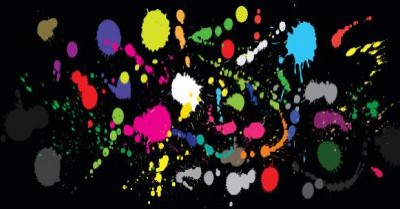
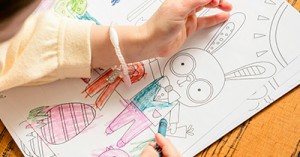
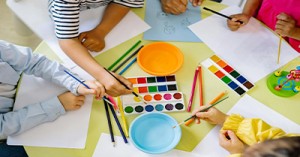
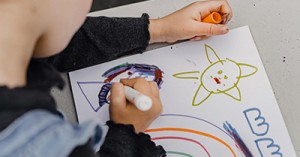
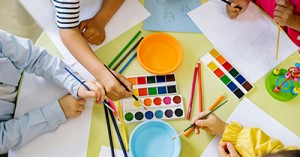
 Open ended questions cannot be responded to with one word answers such as yes or no. These types of questions enables a child to provide
Open ended questions cannot be responded to with one word answers such as yes or no. These types of questions enables a child to provide During your child’s preschool years, an important milestone begins to emerge. This is the development of pre-writing skills. Pre-writing skills are used to encourage, develop
During your child’s preschool years, an important milestone begins to emerge. This is the development of pre-writing skills. Pre-writing skills are used to encourage, develop Open ended materials enables children to play freely. They are objects that have no rules to follow, use or function. Raw materials that can be
Open ended materials enables children to play freely. They are objects that have no rules to follow, use or function. Raw materials that can be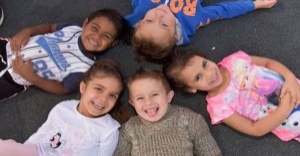 An Acknowledgment of the Country is a way of showing respect for the Traditional Owners and can be given by both non-Indigenous people and Aboriginal
An Acknowledgment of the Country is a way of showing respect for the Traditional Owners and can be given by both non-Indigenous people and Aboriginal Language plays an important role in a child’s development. It enables a child to communicate effectively with their family, learn at school, socialize with friends,
Language plays an important role in a child’s development. It enables a child to communicate effectively with their family, learn at school, socialize with friends,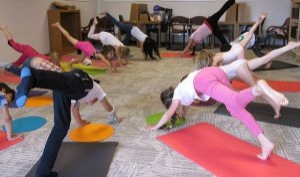 Like adults, children have to deal with their own stress in life. Moving house, starting a new school, preparing for a new sibling - these are
Like adults, children have to deal with their own stress in life. Moving house, starting a new school, preparing for a new sibling - these are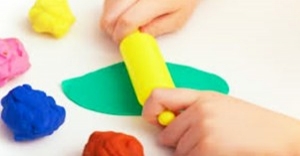 Playdough is such a versatile material. It provides numerous benefits to children as they manipulate it, it is safe and soothing and provides children with
Playdough is such a versatile material. It provides numerous benefits to children as they manipulate it, it is safe and soothing and provides children with Teaching children about sustainability enables them to appreciate and respect the natural environment. Early childhood services can provide meaningful hand on learning experiences in order
Teaching children about sustainability enables them to appreciate and respect the natural environment. Early childhood services can provide meaningful hand on learning experiences in order Recycling is an important concept that teaches children to care for the environment. It encourages children to be responsible and show a growing appreciating for
Recycling is an important concept that teaches children to care for the environment. It encourages children to be responsible and show a growing appreciating for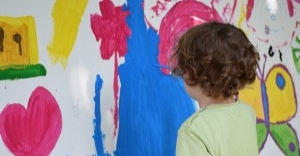 When children apply paint to paper, glue things together, or pound a lump of clay, they experiment with colour, shape design and texture.
When children apply paint to paper, glue things together, or pound a lump of clay, they experiment with colour, shape design and texture.



